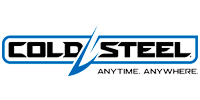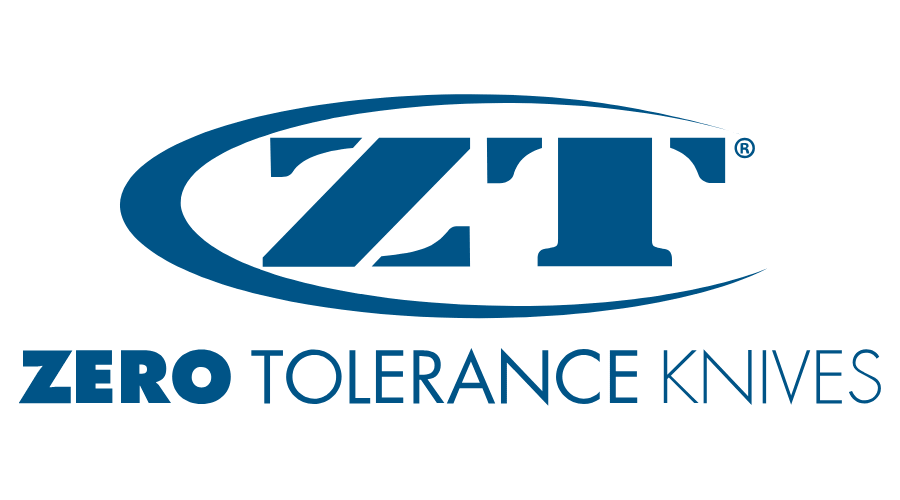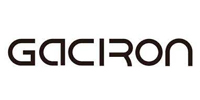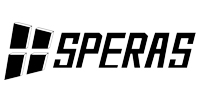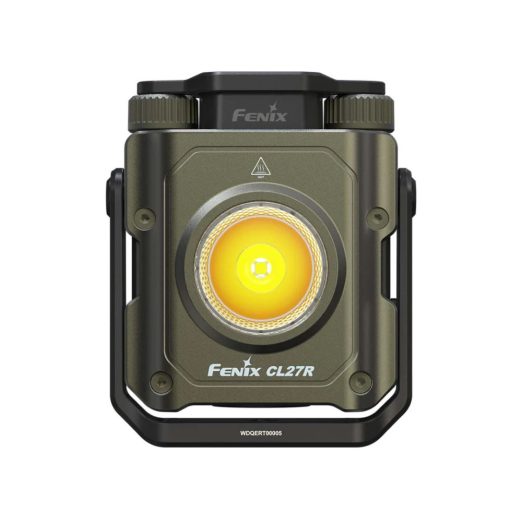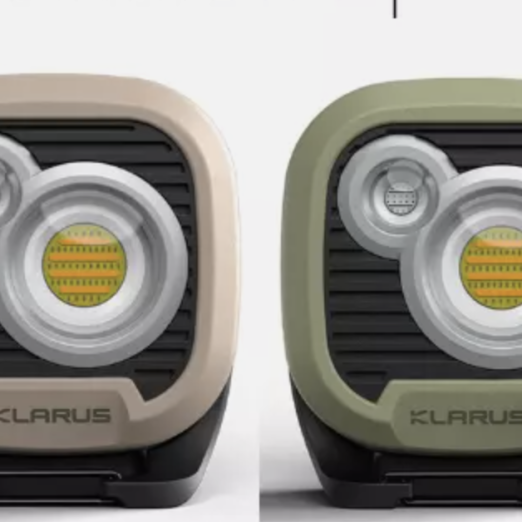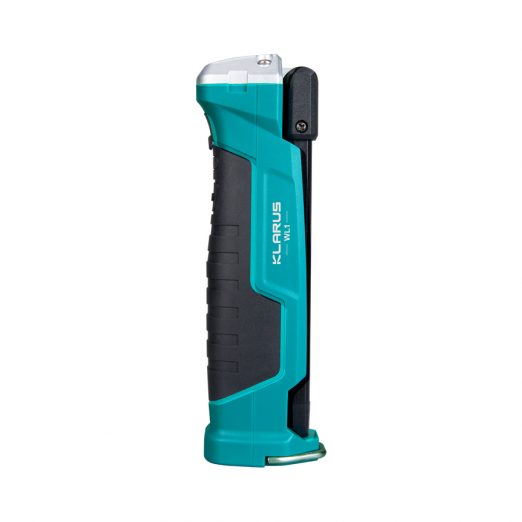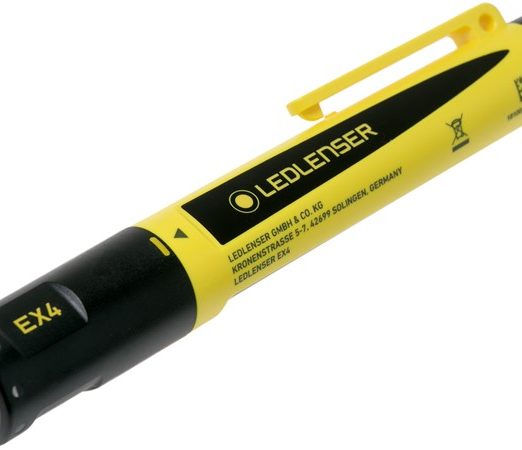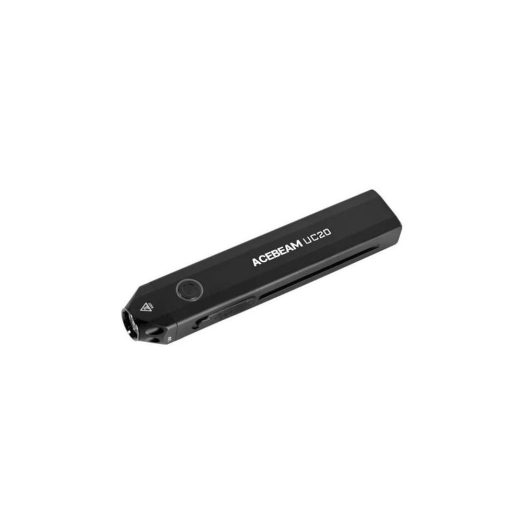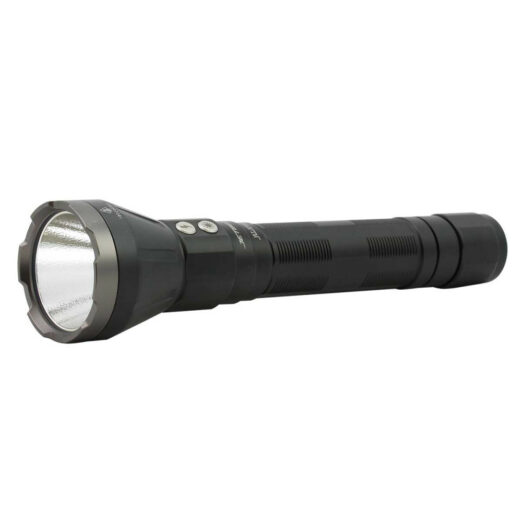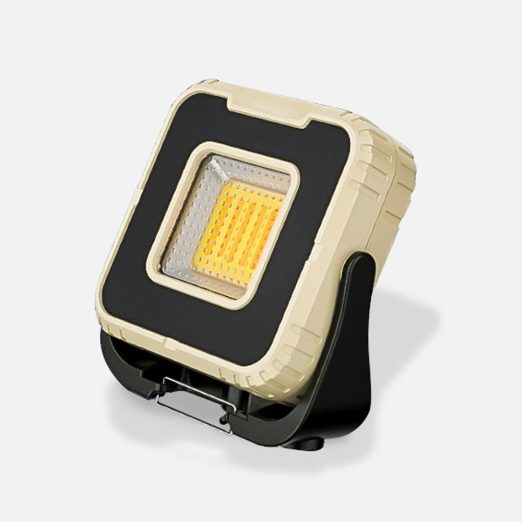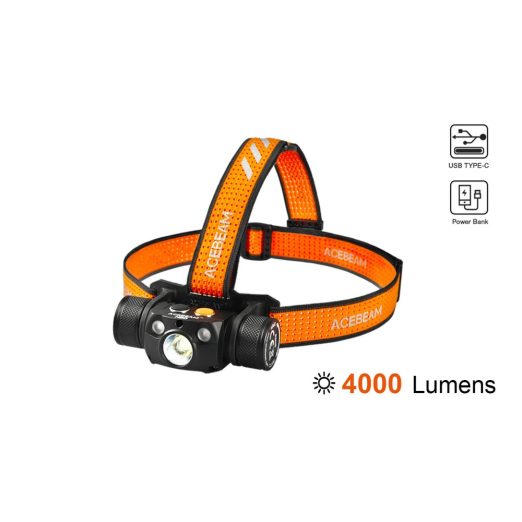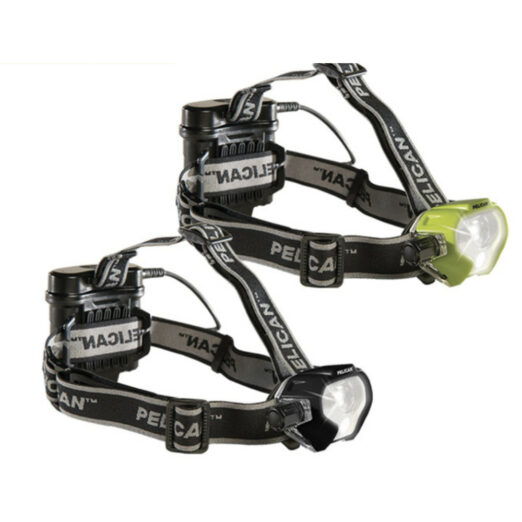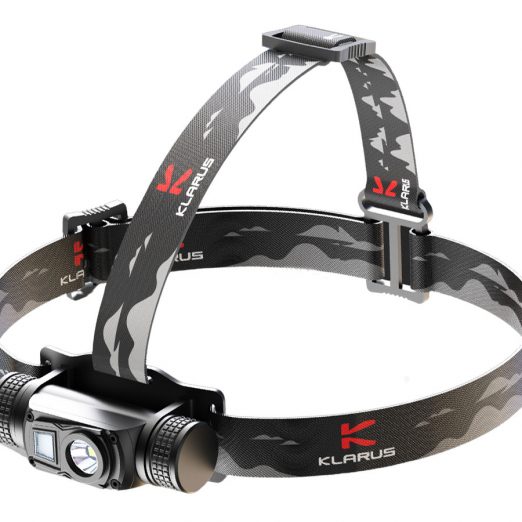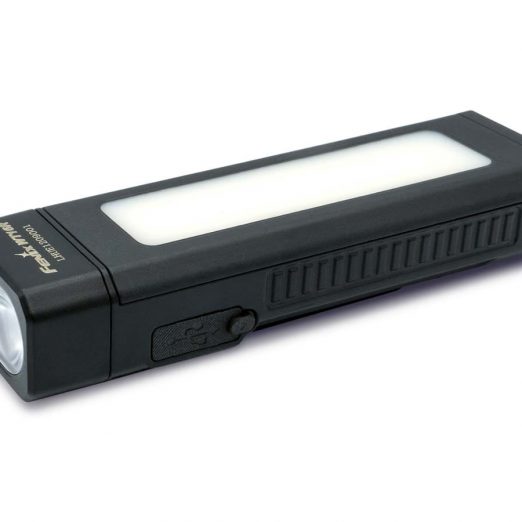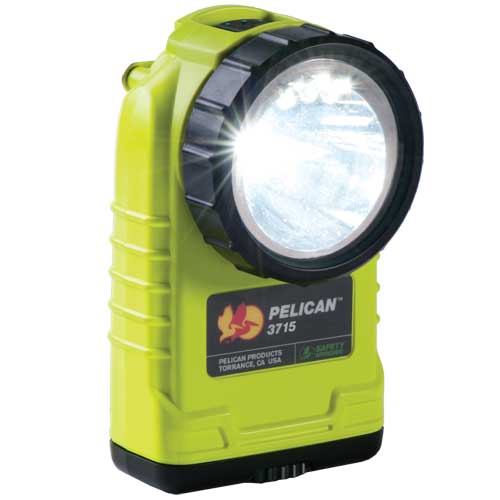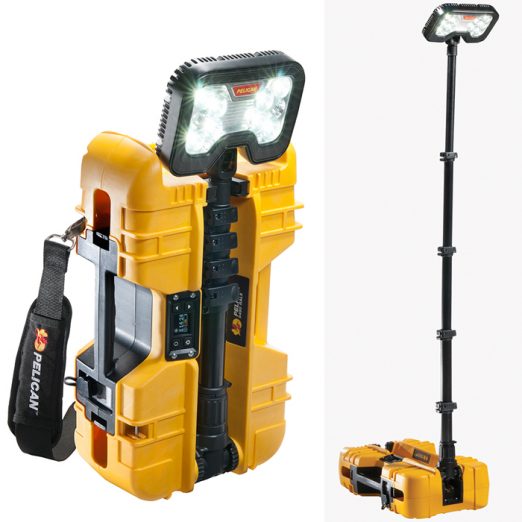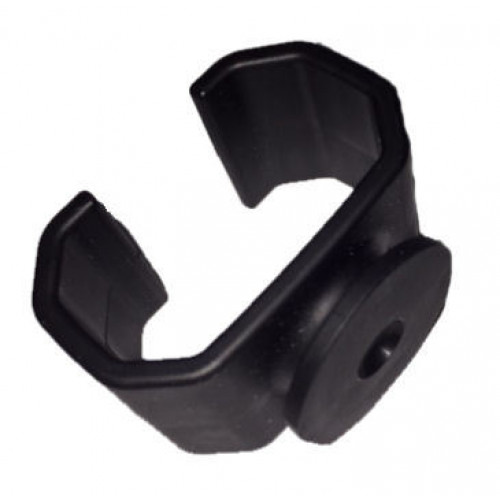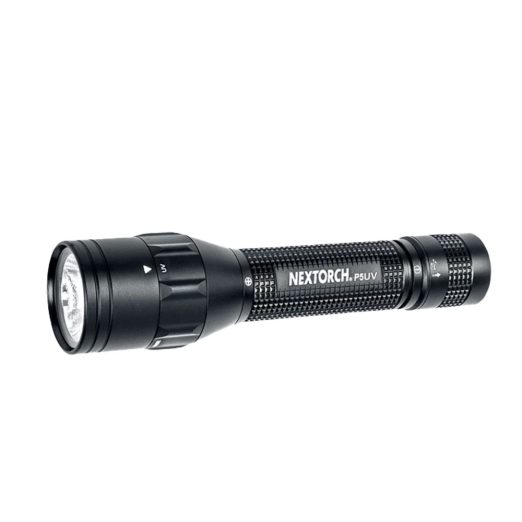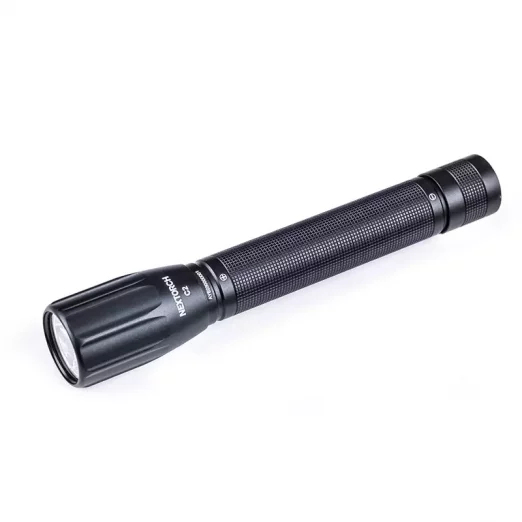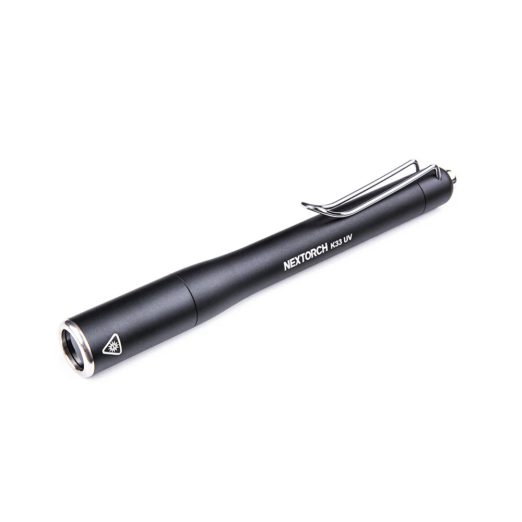What is a work light?
A work light is a portable lighting device designed for illuminating work areas. It typically features a bright and focused beam of light to enhance visibility in dark or poorly lit environments, making it easier for individuals to perform tasks or projects. Work lights come in various forms, including handheld flashlights, headlamps, magnetic base lights, and tripod-mounted lights. They are commonly used in construction sites, workshops, garages, and other settings where additional lighting is needed to work safely and efficiently.
What are the benefits of using a work light?
Using a work light offers several benefits, including:
-
Enhanced Visibility: Work lights provide brighter and more focused illumination, ensuring better visibility of the work area. This helps to reduce eye strain and fatigue, enabling individuals to work more efficiently and accurately.
-
Safety: Adequate lighting is crucial for maintaining a safe working environment. Work lights help to minimize the risk of accidents and injuries by eliminating dark spots and shadowed areas where hazards may be hidden.
-
Versatility: Work lights come in various forms and sizes, making them versatile for different applications. Whether you need a handheld flashlight for close inspections or a large tripod-mounted light for widespread illumination, there is a work light suitable for any task.
-
Portability: Many work lights are designed to be portable, allowing users to move them easily between different work areas. This flexibility is especially beneficial for professionals who need to work in multiple locations or for those who frequently travel with their tools.
-
Durability: Work lights are built to withstand rugged conditions and heavy use. They are often constructed with durable materials that can endure impacts, moisture, and other harsh elements commonly encountered in work environments.
-
Energy Efficiency: Many modern work lights utilize energy-efficient LED technology, which consumes less power compared to traditional incandescent bulbs. This not only reduces electricity costs but also extends the battery life, making them more economical and environmentally friendly.
Remember to choose a work light that suits your specific needs and working conditions.
What is the difference between a work light and a regular flashlight?
A work light and a regular flashlight serve different purposes and have distinct features:
-
Lighting Intensity: A work light typically provides a broader and brighter illumination compared to a regular flashlight. It is designed to illuminate larger areas, making it ideal for tasks that require ample visibility, such as construction work, automotive repair, or outdoor activities.
-
Beam Pattern: A work light usually emits a wide, flood-like beam pattern, which evenly spreads light over a larger area. On the other hand, a regular flashlight often produces a more focused and concentrated beam, allowing for long-distance visibility.
-
Hands-Free Operation: Many work lights come with convenient features like built-in stands, hooks, or magnets, enabling hands-free operation. This frees up your hands to focus on the task at hand. Regular flashlights usually require you to hold them or use additional accessories for hands-free use.
-
Durability and Construction: Work lights are generally designed to withstand rough conditions and frequent use. They often feature rugged exteriors, shock resistance, and water/dustproof ratings. Regular flashlights may not have the same level of durability as they are typically used for everyday household purposes.
-
Power Source: While both work lights and regular flashlights can be battery-powered, work lights often have larger battery capacities or options for rechargeable batteries. This ensures longer runtimes and reduces the need for frequent battery changes.


